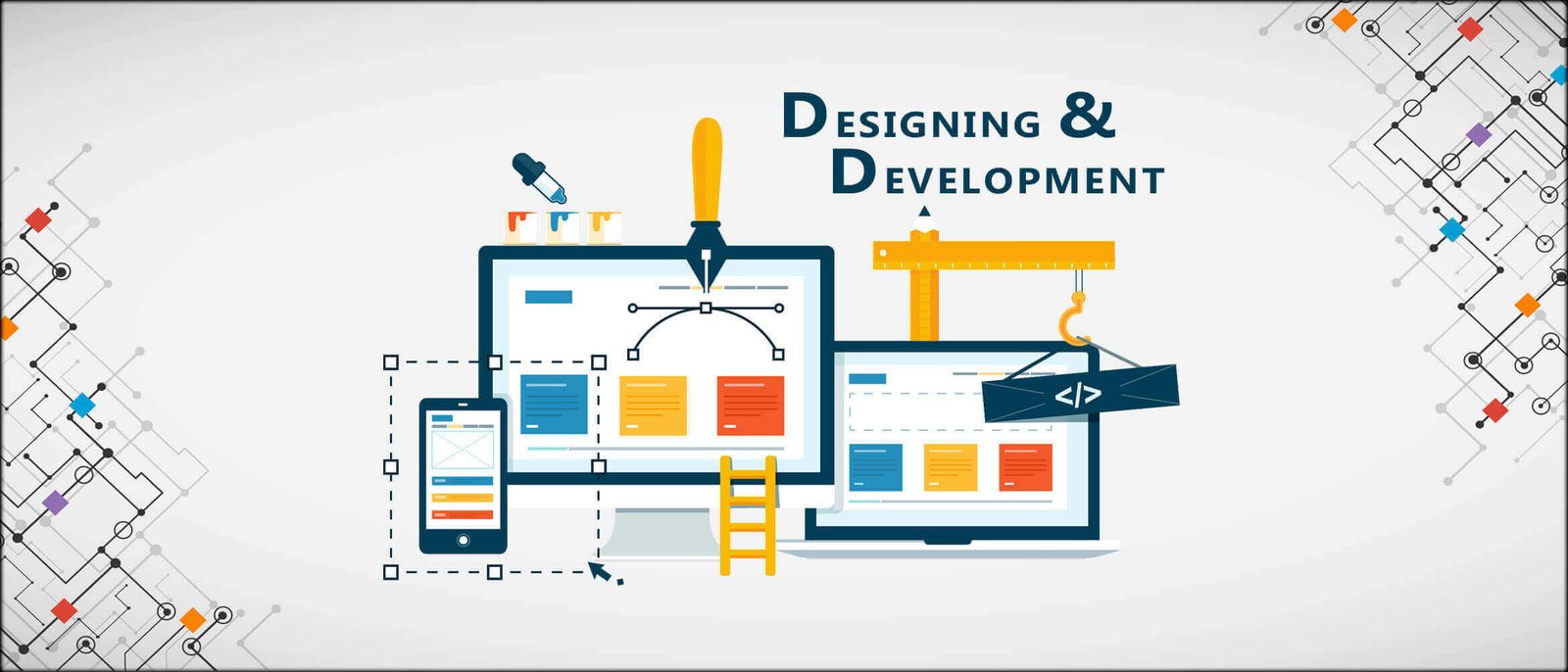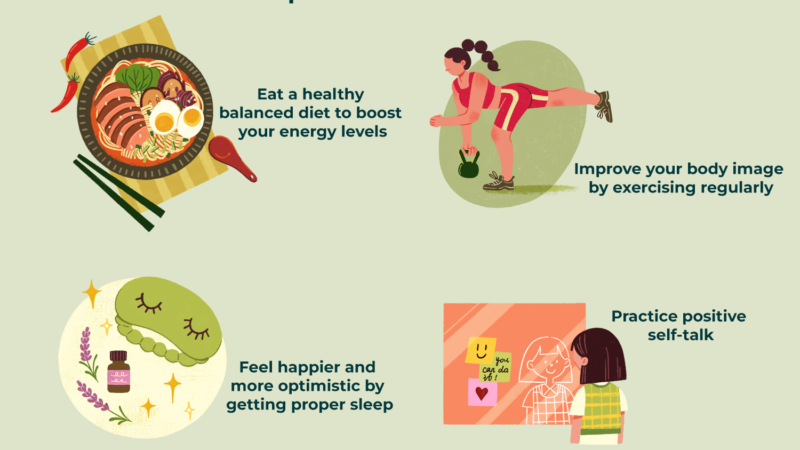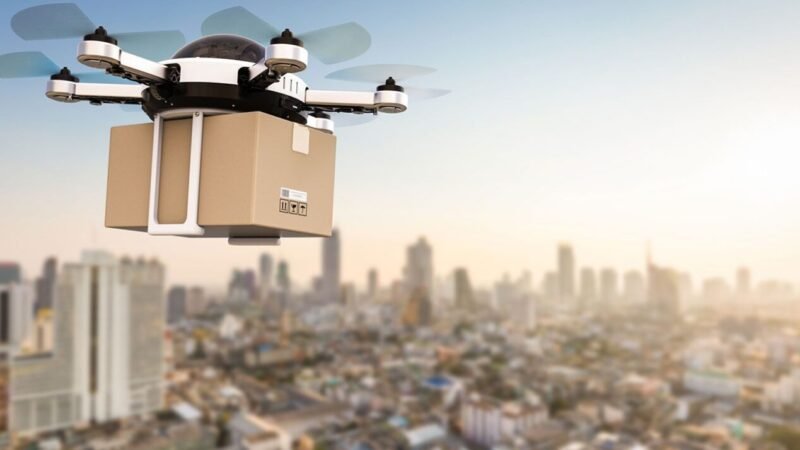Design and Development in Digital Products

In recent years, great technological changes have been experienced and the pandemic has further accelerated the creation of innovative digital solutions that meet different needs and in different ways . In this sense, software development becomes a fundamental part for those companies or organizations that wish to create optimal products to provide a better experience for their users.
In this article you will learn what are called digital products and the entire design and development process behind it.
Digital products
To start we must understand what a digital product is. And we mean the non-physical product, therefore it resides in the digital world . That is to say, it remains housed in some electronic storage medium and moves in some network; for example, in the world-wide web par excellence: Internet. Examples of digital products we have several, let’s see some of the best known:
- Applications: They are the digital products that are causing the most impact, whether they are mobile, web, desktop, for Smart TVs and wearables, among others.
- eBooks: Or also known as electronic books.
- Online courses: These can be tutorials, workshops among other similar ones.
- Photographs and digital creative content.
Videos, podcasts, and other digital broadcast materials.
As we can see, digital products are diverse. Nowadays they are very widespread and practical, since they are available to everyone on the internet, we can access them practically from anywhere in the world, disseminate them in a matter of minutes and without additional logistical costs. There are many success stories of digital products , without a doubt there is a world of opportunities here.
Design and development
An authoritative voice on this issue is undoubtedly David Gillis, Facebook’s current Director of Product Design, who has more than 15 years of experience in this specialized field. David tells us that all digital products are summarized in values, processes and resources. In accordance with this, let’s look at the stages that cover the entire design and development of any successful digital product and in this way it is not only a good product, but also a great product .
1. Research
But what are we going to investigate? Ah, we know! With what technology will we do it? What programming language will we use? Yes, that must be it. Sorry, but no, it’s not that, it is very common for technical people who are brilliant, but perhaps out of a rush or wanting to ‘get in’ as soon as possible, analyze these issues first. However, according to those who know the most about this, the first investigation that must be done is about the needs of your client and how your product solves that need , that is, putting yourself in the place of the client and not the company. It is in this first phase where you also estimate resources and designate work teams.
2. Layout and Design
What will my product look like? Well, to create mockups and sketches it has been said! The study and application of the UX / UI team takes effect here, we have many tools at our disposal, for example: Balsamic Mockups, Figma, Sketch, among others. They are all collaborative, so you don’t need to have your team physically by your side in order to move forward.
3. Prototyping
An initial version of the product is prepared , which will not be fully functional, but it will allow us to carry out an early detection of design flaws or technical impediments. This will save us more of a headache in the future.
4. Agile Development
This phase is the largest of all and where all teams put all their capabilities to the test, not only technical but also collaborative. In turn, this process has a process in itself; for example in the case of a digital product, we can use Scrum frameworks or Kanban boards. And through incremental iterative cycles or Sprints in short periods, which could be two weeks, we will present to the client the functional advances of the product; and if there are things to adjust, we will do them on the fly, without causing a major problem.
Along with these cycles called Sprints, we have some ceremonies that are unique to this agile framework. Of which the Sprint Planning can be highlighted. It is done at the beginning of each Sprint and it is selected which Backlog Items are going to be worked on in this delivery. Then we have the Daily Meeting with a maximum duration of 15 minutes where each member of the development team answers the following simple but important questions:
- What did you do yesterday?
- What will you do today
- Do you have any impediment?
Then, we have the Sprint Refinement that can be weekly where certain user stories or tasks that could be pending in the Planning are clarified. It is in each of the cycles of a Sprint that manual and automated tests are carried out as well as the upload to development environments and finally production.
5. Launch
You already have your product developed, now what? Now comes the good news because you will have to launch your MVP, that is, your Minimum Viable Product. It is recommended that the launch be in a controlled environment first , so you can have adequate control of any bug or failure that has crept into the entire previous process. By the time your MVP has passed all the tests, it is time for the Marketing geniuses to do their most noticeable work in positioning and visibility of the benefits of your good product.
6. Feedback and Maintenance
Selling is as important as keeping your consumers or customers happy. In this ever-changing world of technology, you must be attentive to the new needs of your customers, anticipate if possible and provide personalized attention . Only in this way, your clients will stop being only clients and will become your best allies, recommending your product to their friends and family. At that point, your product growth can be organic and exponential, congratulations!
Effort and teamwork
It is clear that we have not thoroughly covered the entire process, but we have touched the most important parts of the entire cycle. And even so, you may notice that the design and development of a digital product is not an easy thing , not at all! If not rather, it requires a lot of effort and teamwork, whether in office or remote, but be collaborative. That synergy of capabilities of each member will make your product stand out, and who knows, be disruptive like the iPhone was back in the distant 2007.






